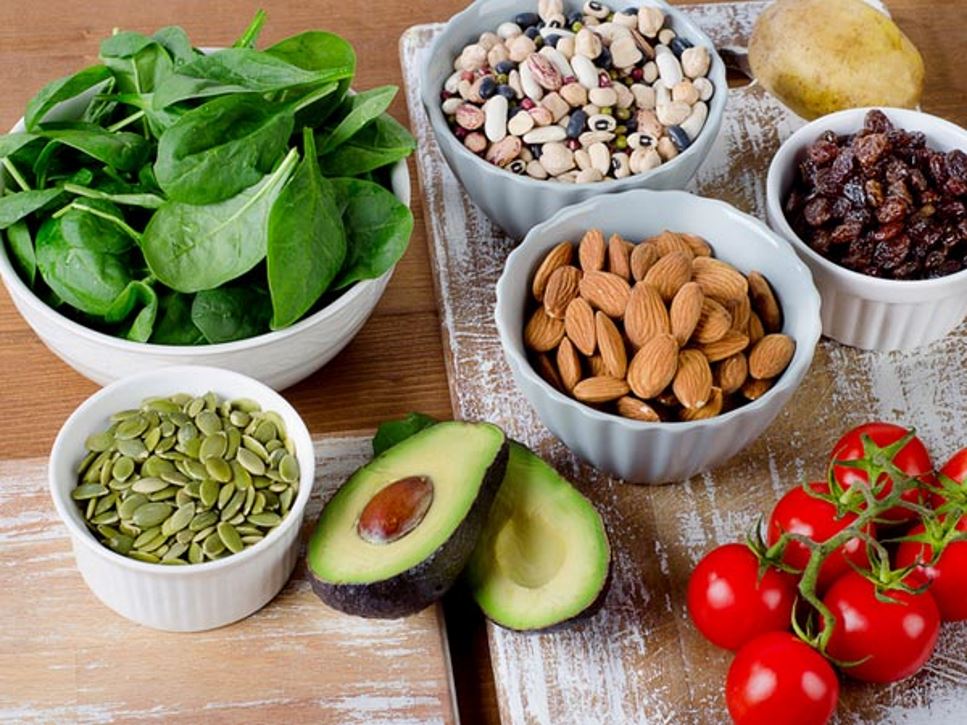Just like sodium, potassium must stay balanced in your body when managing kidney disease. If your kidneys are not working well, potassium levels in your blood might get too high. High levels of potassium can affect your heart rhythm, so the eating plan you follow for managing kidney disease might include a potassium limit. Your doctor or registered dietitian nutritionist (RDN) will let you know if you need to monitor the amount of potassium in the foods and beverages you consume, and your RDN can explain how to stay within your limit.
Potassium is found in many fruits and vegetables, beans, nuts and dairy foods. The exact amounts can vary but below is a general guide for foods that are considered high and low in potassium.
Higher-Potassium Fruits and Vegetables
These foods contain more than 200 milligrams potassium per half-cup serving, except where noted:
- Artichokes (1)
- Avocados
- Bananas (½ large banana)
- Beets and beet greens
- Brussels sprouts
- Cantaloupe
- Dates (5 each)
- Nectarines
- Oranges and orange juice
- Parsnips
- Potatoes
- Prunes and prune juice
- Pumpkin
- Spinach (cooked)
- Sweet potatoes
- Swiss chard
- Tomatoes and tomato juice
- Vegetable juice
Lower-Potassium Fruits and Vegetables
These foods contain less than 150 milligrams potassium per half-cup serving, except where noted:
- Apples and applesauce
- Blueberries
- Cabbage (raw)
- Cranberries (¾ cup dried)
- Cucumber
- Eggplant
- Endive
- Onion (sliced)
- Pineapple
- Raspberries
- Watermelon (1 cup)
Meet with an RDN to learn more about kidney disease and an eating plan that's right for you!
References
Find a Nutrition Expert
Looking for credible nutrition information and recommendations? The Academy of Nutrition and Dietetics' network of credentialed food and nutrition practitioners are ready to help!

